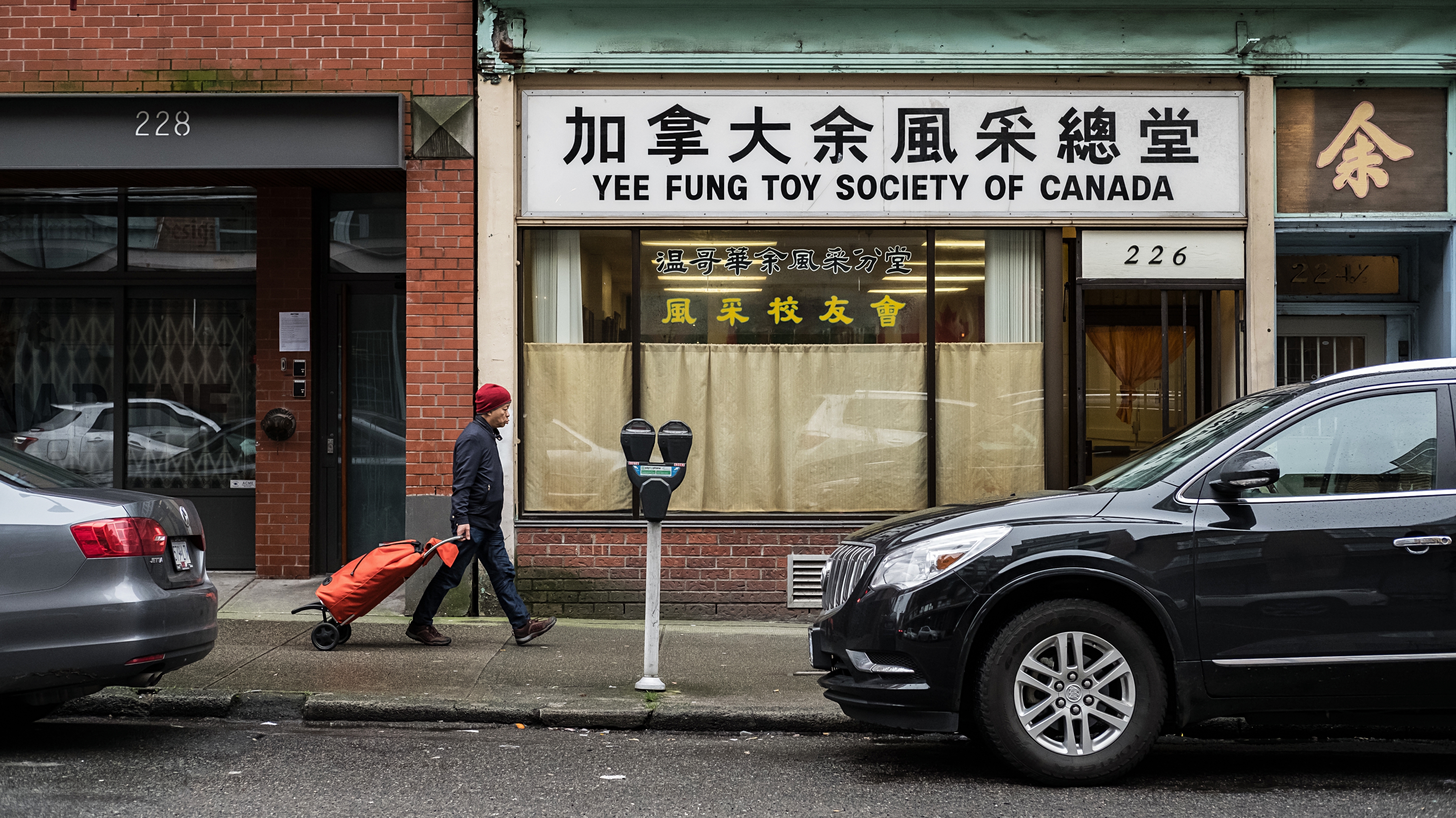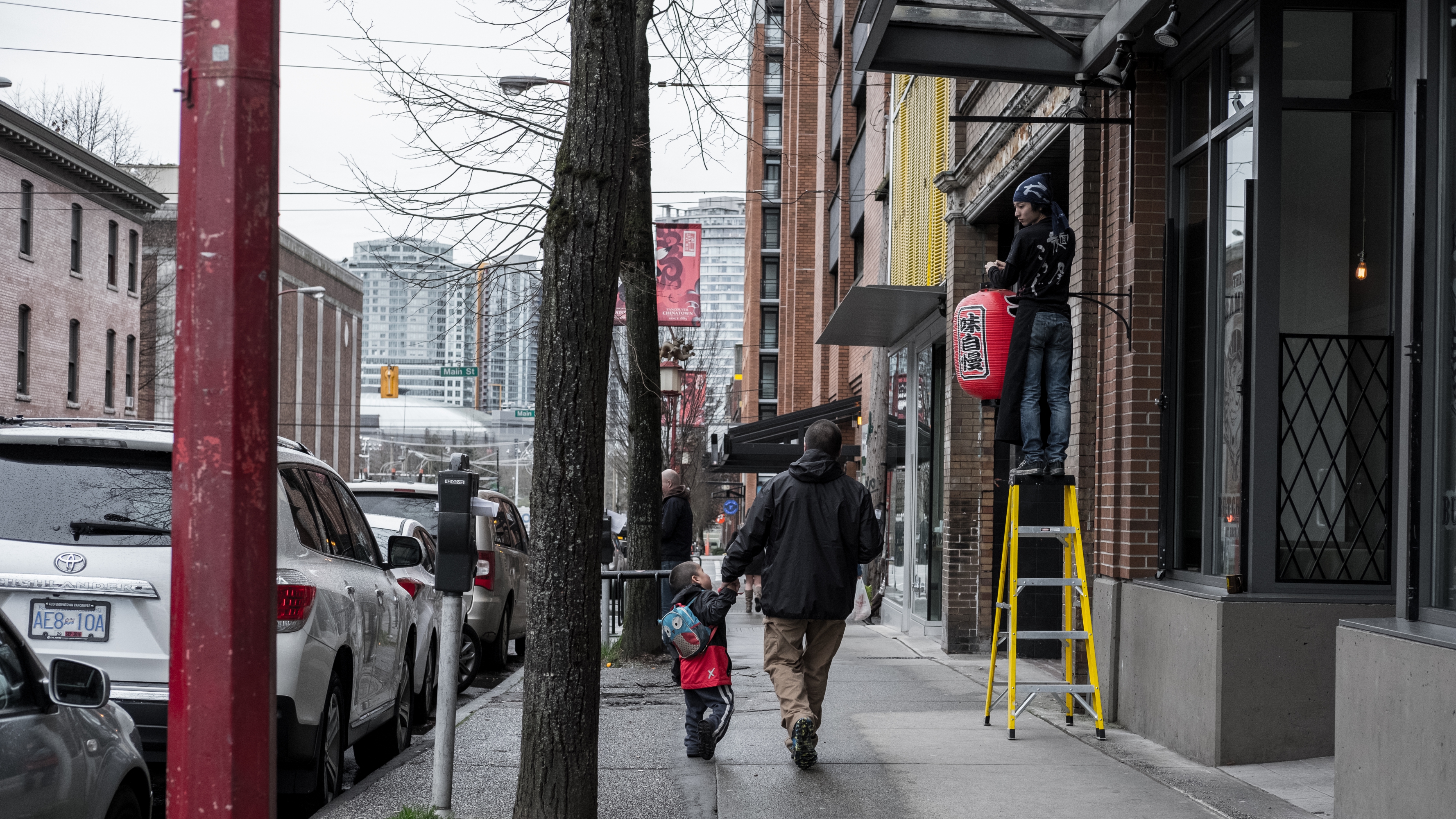There is no such thing as the perfect camera. It doesn’t exist, and that’s a good thing. Imagine a camera that had no rival or competition? Every photographer in the world would have the same camera, and there would be no need for camera reviewers. The horror! However, if I had to pick the perfect camera for myself, I would typically choose the Fujifilm X100T. It was my deserted island scenario camera for the longest time… until now. After shooting with the new X-Pro 2 and XF 35mm f/2 WR for a few months, I can’t seem to put this combination down. I was concurrently reviewing the new Leica SL and the Fujifilm X70, but I had to force myself to shoot with these other amazing cameras. I know, first world camera reviewer problems. Like the X100T, the new X-Pro 2 feels intuitive in the hands for both film and digital photographers. It gives you the feeling you’re shooting with a mechanical tool, yet there’s enough technology to give you the confidence to get the images you want for work or play.
My goto focal length is the 28mm equivalent for street style photography, but there is something very special about the 50mm equivalent. It is one of the easiest lenses to design well, keeping distortion and light fall off to a minimum without too many optical compromises. You can shoot portraits or landscapes, and it’s narrow enough to get artsy isolation images, something more difficult to do with a wide angle lens. The new XF 35mm f/2 WR is great, balancing size, weight, performance and price. It works well with the X-Pro 2 and looks perfect with the optional LH-35-2 vented lens hood. When I look at this combination I can’t help but want to grab it and start shooting. The focal length works perfectly with the optical viewfinder as well. It is definitely heavier than the X100T, but compared to a DSLR you can easily carry this kit around all day and not feel too weighed down. Since I began this article stating that there is no perfect camera, let’s go over the things that irritated me about the X-Pro 2 and the XF 35mm f/2 WR:
- the diopter dial on the side of the viewfinder shifts too easily. I’m always readjusting it
- the position of the AF-L is all wrong, but you can switch it with the AE-L button, which is also not in the right spot
- the stock lens hood on the XF35mm f/2 lens is horrible. Throw it away and buy the optional LH-35-2
- the ISO dial on top can be hard to read in low light, so keep an eye on your LCD when adjusting
- the new menu system can be a bit odd. Some features are buried and hard to find. Take notes or remember where your key features are
- the rear dial push button is hard to press, and the front EVF/OVF switch isn’t positioned as nicely as the X100
- I still find the strap lug holes are too small on all Fujifilm cameras. Many of my strap rings get stuck
- focus by wire. Hopefully Fujifilm will make a mechanically manual focusing prime lens in the future
Ok, I feel better after complaining. The strap lug holes and the diopter thing really irritates me, but I’ll survive. My biggest gripe is the new menu system, but it’s something that can be fine tuned in firmware updates so I’m not too worried. I won’t bother going over the things I like about the X-Pro 2 and the XF35mm f/2, because it’s pretty much everything else. No it’s not perfect, but perfect enough for me.
Many photographers prefer either the 35mm or the 50mm equivalent, especially as an everyday lens or for street photography. It’s reflected in the availability of these two focal lengths in legacy rangefinder and SLR lenses from the old film days, and even current lens lineups of Leica, Canon and Fujifilm. The XF 35mm f/2 WR needs a companion XF 23mm f/2 WR for those who prefer the X100’s equivalent angle of view (35mm equivalent); but I’m happier shooting with the 18mm (28mm equiv) or the 35mm (50mm equiv). The X-Pro 2 with the XF35mm WR reminds me of when I first started taking pictures with my dad’s old Minolta X-G1 with the 50mm kit lens. There was this fascination and excitement looking through the viewfinder, lining up the image and pressing the shutter. The X-Pro 2 conjures up the same memories with an optical viewfinder, a threaded shutter release, a shutter speed and ISO dial on top, and an aperture ring around the lens. It looks and feels like a mechanical film camera, helping us old timers to reminisce when we were young; and great for young hipsters who want to shoot retro (that’s the cool way to say old).
Yes the X100T can also infuse inspiration via nostalgic styling and ergonomics, but the X-Pro 2 can also perform as a powerful ILC (interchangeable lens camera). How powerful? Enough to be compared to medium level DSLRs (think Nikon D7200 or Canon 7D), although I would still argue that the DSLR is designed ground up as a performance tool and has the eco-system (grips, flashes, lenses, 3rd party accessories) to support it as such. However, the X-Pro 2 is the most capable X Series camera in the Fujifilm line-up. Yes the previous top-of-the-line X-T1 has an articulating screen and an optional grip, but in every other way the X-Pro 2 is superior (although the rangfinder vs SLR ergonomics is subjective). The single shot AF is very quick and accurate even in low light, and switching AF points and group type is intuitively fast via the rear joystick. The EVF is high-rez and the refresh rate is very fast, an improvement over the X-T1. The 1.62 million dot LCD screen is also a pleasure to use, although I wish Fujifilm took advantage of this higher resolution by allowing for a greater magnification zoom when viewing images. This camera deserves the moniker ‘Pro’ in its name. Let’s hope for a future X-T2 Pro for the sake of sports, wildlife and other photographic genres that need an SLR-like form factor.
The new 24mp sensor is also a good reason to upgrade for working professionals who have been using the previous 16mp X-Trans II sensor. The image sharpness and resolution is excellent (the opening close up portrait was shot at ISO 3200) without the waxy skin issue of the previous processor (you can even go to -4 NR) while shooting at higher ISO. I was comfortably shooting ISO 1600-3200 during the day with acceptable noise but with very fine detail due to the increase in megapixels. This is where the X-Pro 2 will outshine the previous generation X series cameras and a good reason to upgrade. Another improvement is the new X Processor Pro, again helping with image processing, continuous drive mode, and finally improved video performance! The new sensor and processor is actually 4k capable, but Fujifilm has decided to disable it for now. However, I wouldn’t be surprised if this feature is made available in a firmware update sometime in the future.
Moreover, with this higher resolving sensor and more powerful processor, the images produced with the X series lenses look even better, which includes using the older generation prime lenses. The images produced with the XF35mm f/1.4 looks great, although the newer XF35mm f/2 WR looks slightly sharper when stopped down to f/4. In fact, you could tell this new lens was designed to be used with this new body and sensor. You can see it in the images, and you can see it in the design (the vented lens hood design is a throwback to rangefinder lens hoods from the 70’s and 80’s).
My final thoughts on the X-Pro 2 and the XF 35mm f/2 WR? It’s great. This combo can function as both a serious professional tool as well as an oversized EDC for the enthusiast photographer. You can shoot a wedding in the afternoon and then go take pictures with your family at the beach later in the day. No need to drop off your heavy ‘pro’ equipment at home and grab your ‘fun’ family camera. The X-Pro 2 can play both roles, which is rare for a top-of-the-line camera. The visible buttons and dials encourages curiosity and experimentation, but when you need it to work, the camera just works. The new 24mp sensor with no AA filter gives amazing sharpness and resolution (equal to or above DSLR quality) and the new processor can handle the larger file sizes and can finally shoot decent 1080P video without the artifacts and moiré that plagued the previous generation cameras with the EXR processors.
The new XF 35mm WR is the perfect size and focal length for the X-Pro 2, reminiscent in design and function of the older rangefinder cameras of the 60’s and 70’s. Yes, if you are a Leica digital photographer, I’m talking to you. Even if you’re a film photographer, give the new X-Pro 2 a chance. The film simulations are amazing, easily applying the film profiles in camera via the RAW CONVERTER app and immediately post to social media via Wifi transfer. In addition, you can apply them in post to your RAW files in LightRoom or Photoshop via the Camera Calibration tab. I’ve had so much fun shooting with the new X-Pro 2 and the XF 35mm WR that it’s actually changed my focal length bias from 28mm equivalent to the 50mm equivalent! Give the new X-Pro 2 and the XF 35mm f/2 a try and see if you can go back to the older cameras and lenses, I know I can’t (except for maybe the X100T and X70). I am now anxiously anticipating this sensor-processor combination to find its way into the replacement of the X-T1 and X100T. The future looks bright for the Fujifilm X Series cameras.























